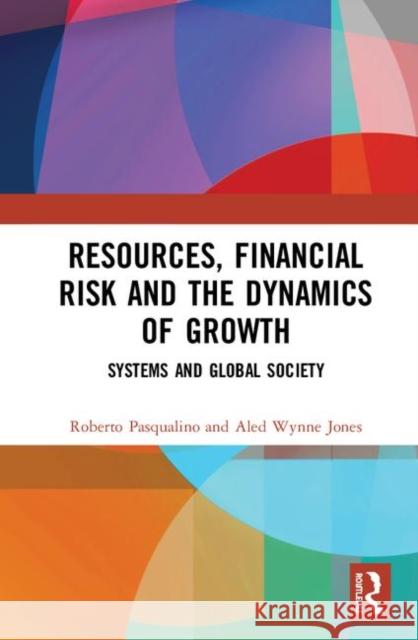Resources, Financial Risk and the Dynamics of Growth: Systems and Global Society » książka
Resources, Financial Risk and the Dynamics of Growth: Systems and Global Society
ISBN-13: 9781138187351 / Angielski / Twarda / 2020 / 300 str.
Resources, Financial Risk and the Dynamics of Growth: Systems and Global Society
ISBN-13: 9781138187351 / Angielski / Twarda / 2020 / 300 str.
(netto: 666,71 VAT: 5%)
Najniższa cena z 30 dni: 654,86
ok. 22 dni roboczych
Dostawa w 2026 r.
Darmowa dostawa!
Decision making processes within government and the finance sector are unable to adequately engage with the interconnectivity of environmental, economic, geopolitical, societal and technological systems, and the associated growth in systemic risk. One significant factor is the inability of models to account for the dependency of the world economy on natural resources and the environment. New models are needed to explore the nexus between food, energy, water and other societal challenges. Forty-two years on from The Club of Rome pioneering 'Limits to Growth' (LtG) report (informed by the World3 System Dynamics (SD) model), human development continues on an economic growth driven pathway. This book presents a new SD model to evaluate the systemic risk generated by food and energy supply trends and shocks and their interactions with the material, financial and knowledge economies, under the constraints of a finite planet. This new SD models the global economy as composed of households, firms, banks and government, and the food and the energy (exhaustible and non-exhaustible) system. It models income in the form of wages and dividends, generates consumption (both food and goods) and is constrained by the limit imposed by a finite planet. The prices of the traded materials are modelled endogenously in order to change real financial flows. Prices and their interaction with growth, inflation and inequality are assumed to be the main driver of economic failure rather than through reaching planetary limits. In summary, the SD model outlined in the book not only updates World3 and examines the Limits to Growth in today's economic system, but accurately explores potential systemic risk to the economy today. This book will be of great interest to scholars of climate change, economics, politics, international law and sustainable development.











